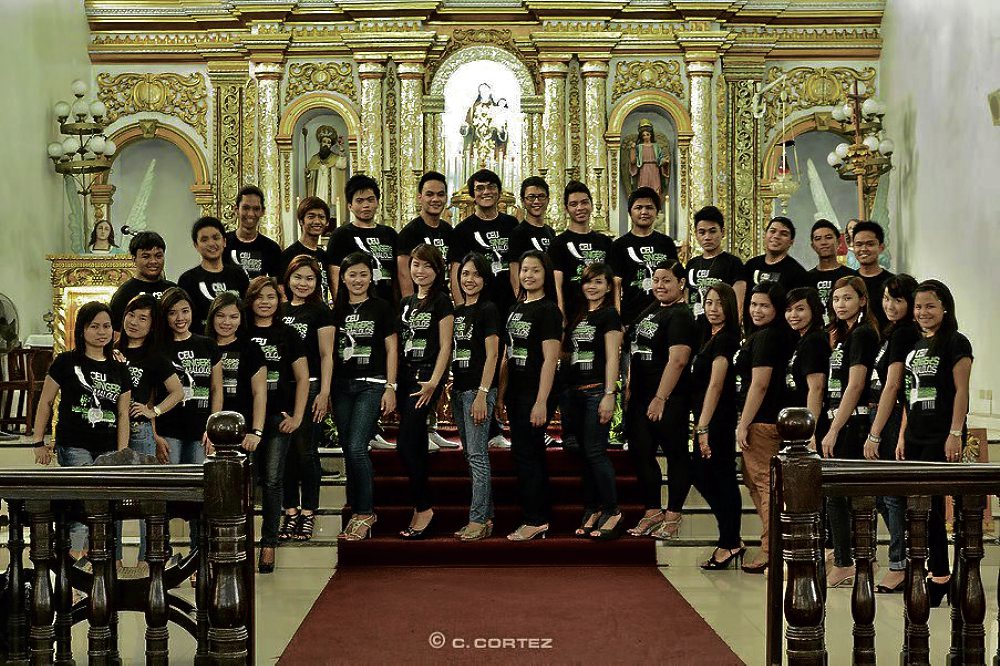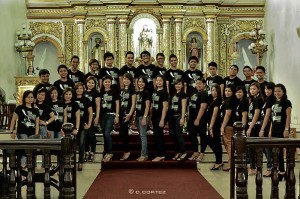
Thanks to the seemingly unbreakable habit of Filipino choirs bringing home trophies and medals from the world’s most prestigious choral competitions, there is a renewed appreciation for choral music hereabouts—and the Yuletide season heightens it even more.
This is more than underscored in Manila Broadcasting Co.’s (MBC) National Choral Competition on Dec. 3-7 at Aliw Theater in Pasay City.
In keeping with MBC’s reputation as being attuned to the masa, the contest has been designed to draw public attention to the outstanding vocal talent in schools, churches, offices and the community, and at the same time provide grassroots entertainment.
Choral music has been part of community life in the Philippines since Spanish colonial times. Although indigenous island people did not have choruses, music—both instrumental and vocal—was certainly a part of their lives and rituals. Later, the rise of public and private education during the American era gave rise to choral groups on various campuses.
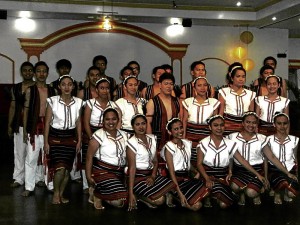
The real explosion in local choral music, however, has occurred in the last 50 years, with the formation of groups reflecting social and musical emphases.
Today the Philippine choral community finds its members extending to both the public and private sector, with special-interest groups thrown in for good measure.
UP versus UST
The University of the Philippines has led the academic sector in putting a premium on choral music. Three of their groups—UP Concert Chorus; UP Singing Ambassadors; and what is now known as the Philippine Madrigal Singers—have taken the European circuit by storm.
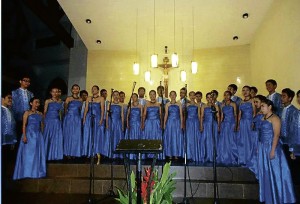
With the help of alumni communities in the United States, Asia and the Middle East, they have made Filipino choristers a force to reckon with on the global musical stage. The Madz is the only choir to have won the European Grand Prix twice.
Not to be outdone, the University of Santo Tomas Singers has also been named Choir of the World at the Llangollen Eisteddfod in Wales twice. (Wales is a place in the United Kingdom where musicality seems to run in the blood.)
Being the oldest university in Asia, UST’s Dominican heritage links it to another ancient musical institution, the Tiples de Santo Domingo, which, having been founded in 1578, makes it also the oldest existing boys choir in the Philippines and, perhaps, in Asia.
The Dominican-Tiples shares honors with the Benedictine communities of Mendiola and Malaybalay in having produced the country’s finest all-male choruses.
Unsung heroes
Other schools such as the University of the East, Ateneo de Manila University, the University of San Agustin-Iloilo, University of the Visayas, Philippine Normal University, De La Salle University, Adventist University, Miriam College and Ilocos Norte National High School have earned their fair share of accolades overseas.
A slew of children’s choirs led by the Las Piñas Boys Choir, Loboc Children’s Choir, Mandaluyong Children’s Chorus, Vox Angeli, Hail Mary the Queen Children’s Choir, and the Calasiao Children’s Chorus have all taken their turns at competing—and winning—in the World Choir Games.
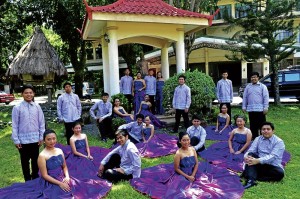
But since Filipino choirs have reaped awards from major festivals abroad, particularly in Europe, all things being equal, beating another Filipino choir on home ground is the ultimate test.
Many choristers remain unsung heroes, and are often taken for granted. But community choristers are also volunteers who give much of their time to come to rehearsals, usually needing to take leave from work just to be there. They buy, rent or have their costumes made for concerts, usually on personal funds.
Unlike athletes who sometimes receive living allowances from their teams, some choristers even have to pay dues for the privilege of being in a chorus.
Why do they do it then?
Choral music adds great meaning and richness to their lives. In today’s depersonalized world of rush and stress, choral activity is one source available for people to be inspired, refreshed and rejuvenated.
Singing allows them to sift through emotions and feelings, but being in a chorus allows them to make friends who could empathize with whatever situation they’re in.
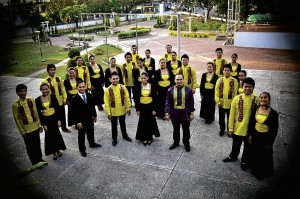
Choristership, indeed, is one way of answering questions relating to the nature and purpose of contemporary music. After all, it is considered by many as being halfway between art and life, between aesthetics and reality.
In this year’s MBC National Choral Competition, for instance, Claude Debussy will be given equal treatment as National Artist Felipe Padilla de Leon and Psy of “Gangnam Style” fame.
Contenders
A cursory look at this year’s roster of choirs which will be competing in the semifinals of the MBC National Choral Competition supports this view.
Seeing action in the Children’s Division will be Himig Bulilit of St. Paul Parañaque; Pasig Catholic College; Malate Catholic School; Juan Luna Elementary School; Batasan-Commonwealth Singing Voices; Himig Silangan; Himig ni Juan; Himig Pag-asa; Laoag City Children’s Choir; Fatirium Children’s Choir; Angelicus Children’s Choir; CES Himig ng Kabataan; GenSan’s The Voice; Banga Elementary School of Koronadal; Himig Hilaga of Lagao Central Elementary School; and the Angelicum Choir of San Fabian, Pangasinan.
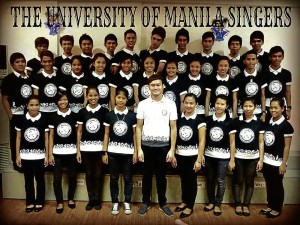
Semifinal qualifiers in the Open Category include Regina Coeli; Coro Obscento; FEU Chorale; OMPHP Youth Ensemble IV; Coro Amadeo; Vox Amigos; Chorus Vocales; St. Mary’s University Choral Society-Bayombong; Tarlac State University Chamber Choir; Gloria Patri Singers; ISU-Ilagan Rhythmic Society; Voices and Graces Cultural Federation of Nueva Vizcaya State University; Junior Teens Choir of San Antonio de Padua; Leviticus Chamber Singers; La Salle Bacolod Chorale; Kinaadman Chorale of John B. Lacson Foundation Maritime University of Iloilo; Himig Sanghaya; Kammerchcr Manila; 2nd Chronicle Singers; University of Manila; Centro Escolar University-Malolos; Capitol University of Cagayan de Oro; University of Baguio Voices; Coro de Manila; Mariano Marcos State University CTE Choral Society; New UMAK Chorale; Pamantasan ng Lungsod ng Maynila Student Choral Society; Philippine College of Criminology-Manila Law College Chorale.
Even with the incredible diversity of opportunities today, people still want to create music as a gift they can offer back to another entity—whether God or the community. Listening to a choir—whether in school, at work, while worshipping in church or watching a high-profile competition, still give immeasurable fullness to our daily lives.

